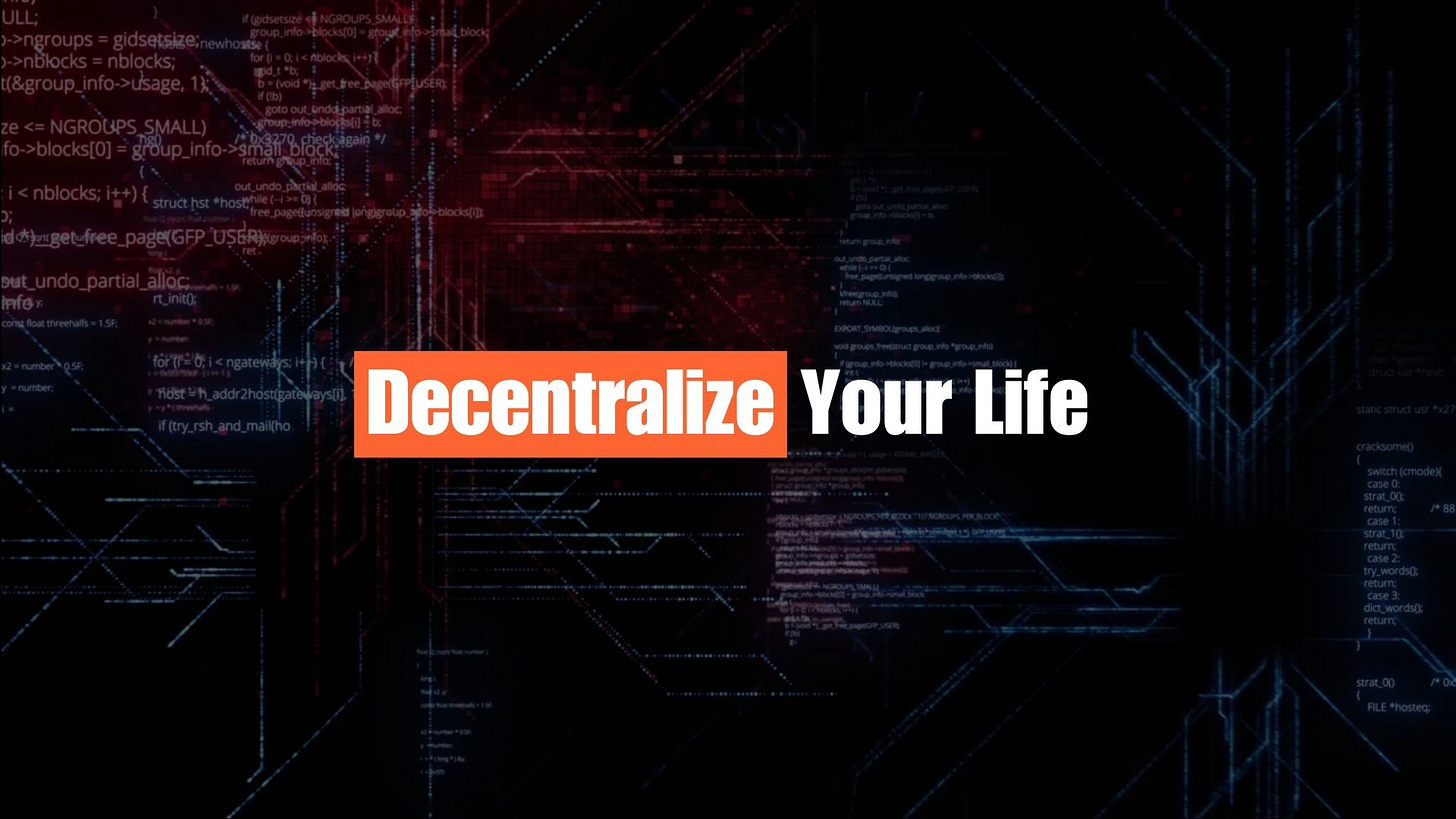Tesla just made $25 billion in revenue this quarter. Everyone’s talking about the cars, but they’re missing the real story.
Elon Musk is quietly building a new energy empire—one growing 52% year-over-year.
Here’s how Tesla is revolutionizing power as we know it 👇
It all starts with Tesla Energy.
Most people think Tesla = cars.
But in Q3 2024, their energy division brought in $2.376 billion—10% of total revenue.
And they’ve already earned over $7 billion from energy this year.
Tesla’s energy arsenal:
1️⃣ The Megapack: A massive battery system for utilities. It can power 3,600 homes for an hour.
2️⃣ The Powerwall: A sleek home battery that stores solar energy, priced at $16,000.
But it’s how these work together that’s genius.
Imagine this:
You install Tesla solar panels on your roof.
You connect them to a Powerwall to store excess energy.
Now, your home isn’t just self-sufficient—it’s part of a larger network.
Tesla calls this a Virtual Power Plant (VPP). Here’s how it works 👇
A VPP turns homes into decentralized power stations.
When energy demand spikes (like during heatwaves), Tesla taps into thousands of Powerwalls to stabilize the grid.
Your home doesn’t just use energy—it helps supply it. And you get paid for it.
Why does this matter?
Traditional grids are centralized, aging, and vulnerable to blackouts.
Tesla’s decentralized system is:
• More resilient.
• More efficient.
• And puts you in control of your power.
But the brilliance isn’t just in the products—it’s in the ecosystem.
• Buy a Tesla car? You’re introduced to their solar panels.
• Install solar panels? You’ll want a Powerwall.
• Own a Powerwall? You can join the Virtual Power Plant.
Each product amplifies the others.
And Tesla’s energy ambitions go beyond homes.
The Megapack is transforming how utilities think about energy storage.
Instead of building costly new power plants, they’re installing Tesla batteries to store renewable energy and release it during peak demand.
The growth numbers speak for themselves:
• Tesla Energy revenue grew 52% year-over-year in Q3.
• Megapack installations are up 90%.
• And Tesla is expanding its battery factories worldwide to meet demand.
This isn’t a side hustle—it’s the future.
But it hasn’t been smooth sailing.
Critics said Tesla Energy would never be profitable.
They doubted whether consumers or utilities would trust batteries over traditional power plants.
But Tesla has already proven them wrong.
Case study: Australia’s Hornsdale Power Reserve.
In 2017, Tesla built the world’s largest lithium-ion battery in South Australia.
• It reduced energy costs by $116 million in its first two years.
• And it stabilized the grid during blackouts.
Now, it’s a model for the rest of the world.
What’s Tesla’s endgame?
Elon Musk’s master plan is bigger than cars or batteries.
It’s about creating a fully integrated sustainable energy ecosystem:
• Solar generation.
• Battery storage.
• Electric vehicles.
All powered by Tesla tech.
The irony?
While traditional energy giants focus on fossil fuels, Tesla is quietly eating their lunch.
They’re proving that renewables + smart tech can be:
• Cheaper.
• More reliable.
• And infinitely scalable.
This isn’t just a business story.
It’s a cultural and societal shift.
Tesla Energy is reshaping how we think about power—putting control back in the hands of individuals and communities.
The question isn’t if this will go mainstream. It’s when.
Love him or hate him, Elon Musk is doing what legacy industries wouldn’t:
Reinventing energy from the ground up.
What do you think? Is Tesla Energy the future—or just hype?
Love what you read? Subscribe and never miss an update!




